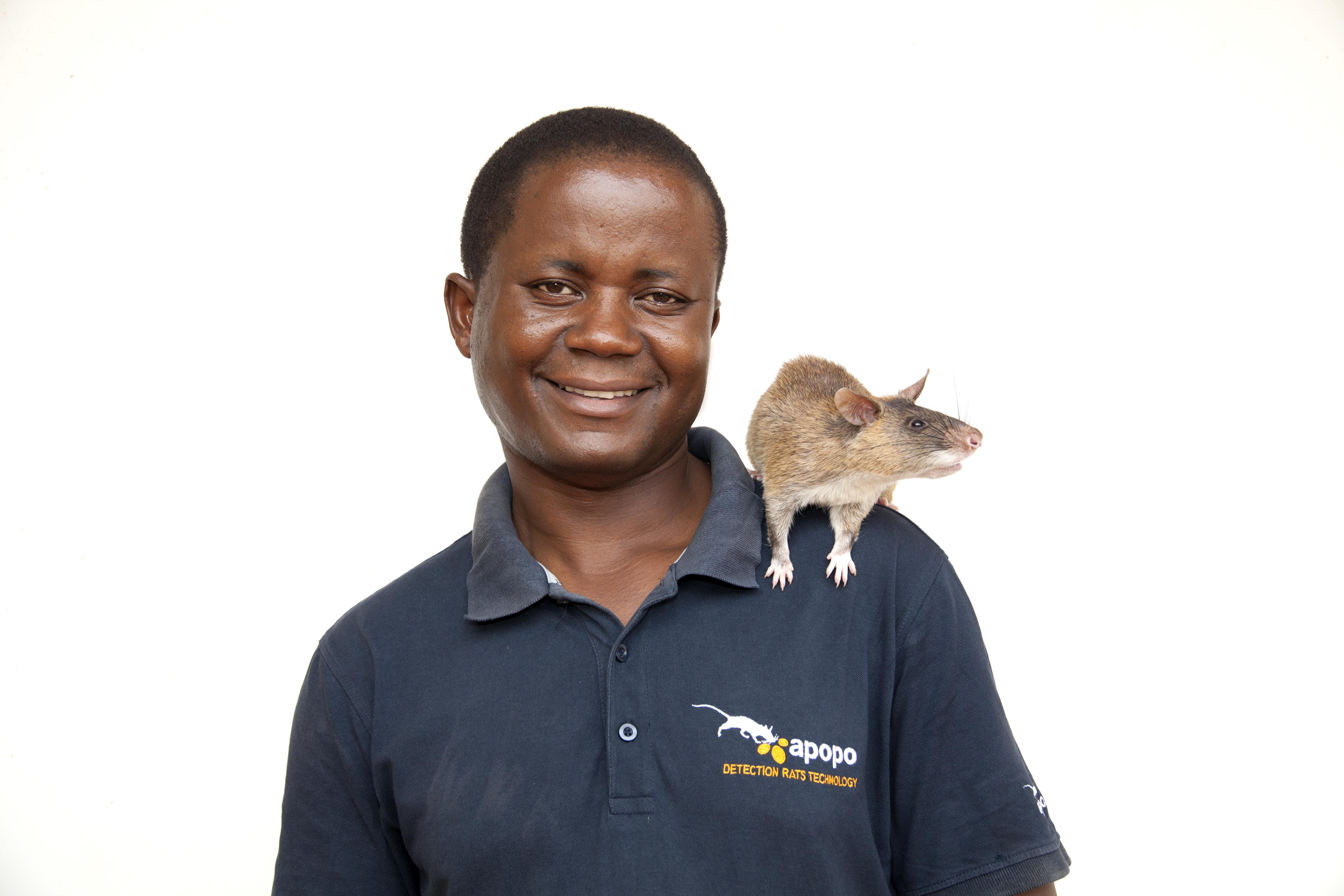Trained rats more successful in diagnosing TB than standard tests
African giant pouched rats that are trained to detect tuberculosis identified hundreds of cases that were missed by clinic-based testing in Tanzania, according to findings recently published in Pediatric Research.
The rats can sniff out TB in sputum samples from both adults and children. However, Georgies F. Mgode, PhD, head of Public Health and Zoonotic Diseases Studies at Sokoine University of Agriculture, Pest Management Center, and colleagues said the African giant pouched rats (Cricetomys ansorgei) were particularly useful in detecting infections among children aged younger than 5 years, who are more often missed by standard testing because they cannot produce sufficient sputum and the majority have lower amounts of TB bacilli in sputum.
“There is a need for new diagnostic tests to enhance TB detection in children, especially in low- and middle-income countries,” Mgode and colleagues wrote. “This could be a major step forward in TB control.”
The rats sniff out volatile organic compounds that are produced by M. tuberculosis, according to the researchers. For years, rats have been used in Africa as “an enhanced case-finding tool” for TB under research.

“We are doing operational research whereby rats test sputum samples already tested in hospitals and find those missed by hospital methods,” Mgode told Infectious Disease News. “Rat indications are always confirmed by an endorsed concentrated smear microscopy before our results are sent to respective hospitals.”
Mgode said the use of TB detection rats has become more common over recent years in Tanzania. The number of TB clinics that collaborate with this operational research increased from four in 2008 to 57 in 2017 in Tanzania. Other participating clinics are also located in Maputo City, Mozambique, and recently in Ethiopia.
Rat detection technology is developed through a Belgian nonprofit organization known as APOPO, with headquarters in Morogoro, Tanzania, in partnership with Sokoine University of Agriculture. According to Mgode, the project is also supported by the National Institute for Medical Research and the Tanzania National Tuberculosis and Leprosy Program, among other collaborators. In addition to TB detection, APOPO researchers train rats to detect vapors from explosive devices. It takes researchers about 6 to 9 months to train the rats to detect TB.
“They are trained to obey a command, then to find a target, which in this case is sputum samples from a TB-positive patient that have been inactivated by heating to render it safe,” Mgode said.
For their study, Mgode and colleagues assessed the accuracy in which rats can detect TB in 55,148 samples from presumptive TB patients in Tanzania. The patients were initially tested at clinics between 2011 and 2015.
Standard sputum testing performed in clinics identified 34 TB cases among children aged 1 to 5 years. However, detection rats identified an additional 23 cases, increasing the detection rate by 67.6%. Among all children aged 1 to 14 years, rats identified 208 TB cases in addition to 331 cases found by clinic-based testing, yielding a 62.8% increase in case detection. Among adults, clinic-based testing identified 7,448 cases, whereas rats found an additional 2,510 TB cases, increasing case detection by 33.7%.
“In conclusion, the detection rats show high potential for enhanced case finding,” Mgode and colleagues wrote. “Further investigation is needed with more sensitive diagnostic tools to determine the actual ability and limitations of detection rats. Such studies should also consider investigating the ability of trained rats to detect TB in other samples than sputum, such as urine, gastric lavage and nasopharyngeal aspiration.” – by Stephanie Viguers
References:
APOPO. https://www.apopo.org/en. Accessed April 11, 2018.
Mgode GF, et al. Pediatr Res. 2018;doi:10.1038/pr.2018.40.
Disclosures: The authors report no relevant financial disclosures.

.jpg)
